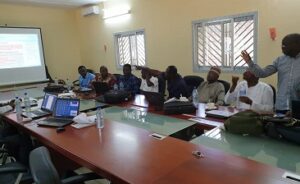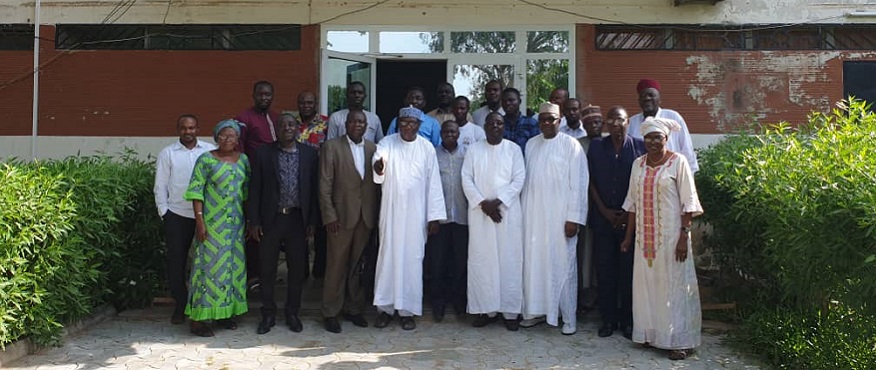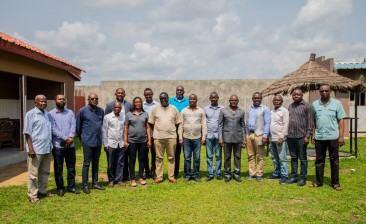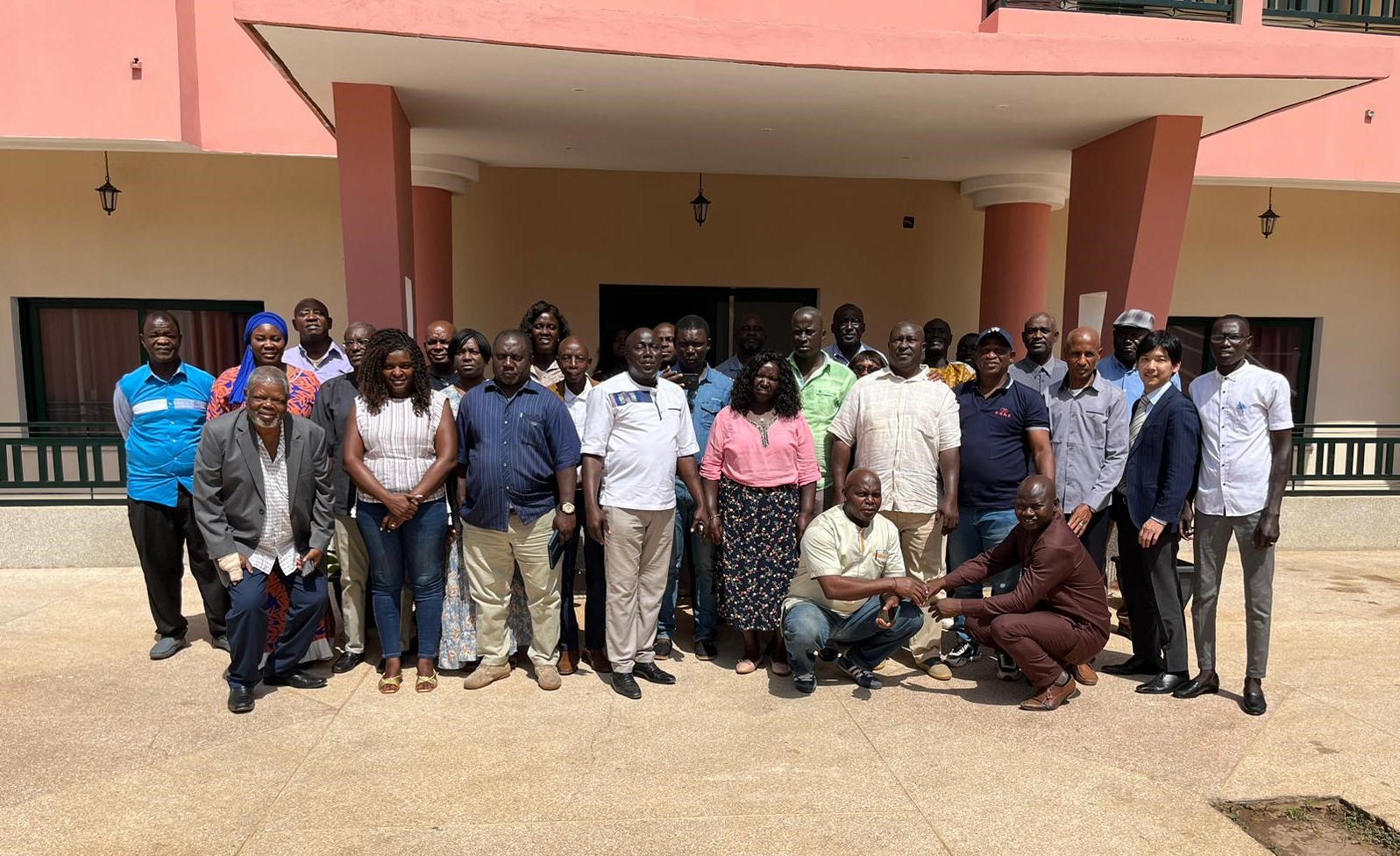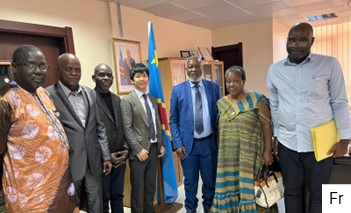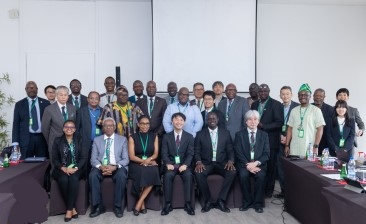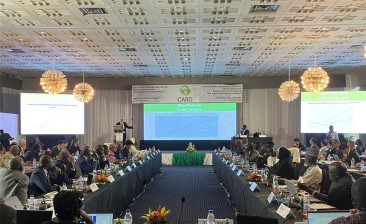Chad, October 2019
Second Week of Work on the Elaboration of the National Strategy for Rice Development in Chad
In Chad, rice is the fourth important cereal crop after wheat, maize, and millet. Its production has grown at an average annual rate of 5% over the last ten years. However, despite this growth, changing dietary habits and urbanization are rising rice demand more than what the local production could meet. This has led to an increase in rice importation. To reverse this trend, CARD organized a first working week in August 2019 to draw strategies that could ensure the role of rice production in improving incomes, reducing the trade balance, and improving food security.
After a diagnosis of the sector, strengths, weaknesses, opportunities, and threats were identified during the first working week. Subsequently, a second working week was organized from 7th to 11th October, in order to develop a framework for the National Rice Development Strategy (NRDS). Chaired by the Director-General of the Chadian Institute for Agronomic Research (ITRAD), the workshop saw the participation of the main actors from the various segments of the rice value chain in Chad.
Key Results / Outcome.
It was agreed that Chad’s NRDS shall aim to achieve a production of 1,400,000 tons of paddy by 2030. This target shall not only help meet the demand through local production but also help obtain a surplus to constitute a safety stock. The path to achieving this target will be divided into three phases:
- The first phase (2020-2021): The objective during this phase is to double the level of paddy production compared to 2019. To do so, the strategy will promote the consolidation of the good practices along the rice value chain and initiate the modernization and intensification of irrigated rice cultivation. Specifically, it will involve the development of 6,000 ha of new irrigation schemes, rehabilitation of 12,000 ha of old irrigation schemes, and provision of 3,800 tons of certified seed for both irrigated and rainfed production of 376,300 tons of paddy. It is also planned to supply 12,000 tons of NPK and 6,200 tons of urea.
- The second phase (2022-2025): The objective is to reduce the level of rice imports by 2/3rd. During this phase, the strategy will accelerate the pace of rice production in order to reduce the import-dependence and move towards food self-sufficiency in rice. For this purpose, all the old irrigation schemes will be rehabilitated, 12,000 hectares of new irrigation schemes will be developed, and the area under rain-fed cultivation will be expanded to 267,000 ha. In addition, 5,000 tons of certified seeds and 35,000 tons of fertilizers will be made available.
- The third phase (2026 -2030): This phase corresponds to the cruising speed of the NRDS. During this phase, the objective will be to achieve self-sufficiency and surplus generation. In 2030, the expected level of production will be 1,440,000 tons of paddy corresponding to a surplus of about 220,000 tons of white rice. Achieving this level of production requires the promotion of irrigated rice cultivation over an area of 50,000 ha with a cropping intensity of 1.4. The quantities of inputs that will be supplied include 7,200 tons of certified seeds and 35,000 tons of fertilizers.
The key strategic approaches that will be adopted during the implementation of the proposed NRDS include the following: –
- the government focuses on its sovereign role,
- greater involvement of the private sector in the rice value chain, and
- a demand-based participatory approach by value chain actors which could include a contract-based system in order to make the relevant actors more responsible
With these outputs, it is further planned to continue the NRDS drafting process and finalize the document by June 2020. To this end, a third working week will be organized by CARD, after receiving the technical comments from the major value chain actors.
